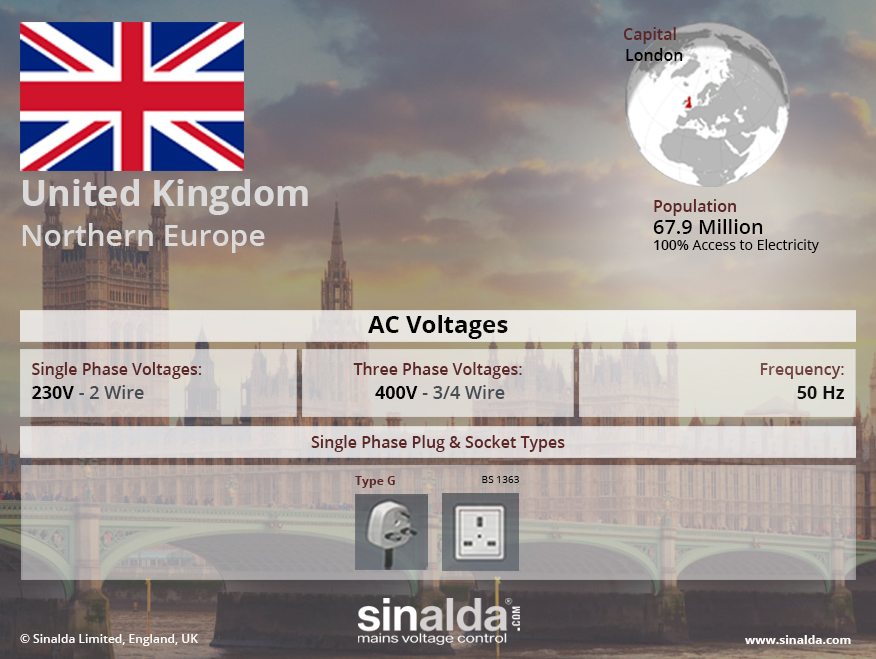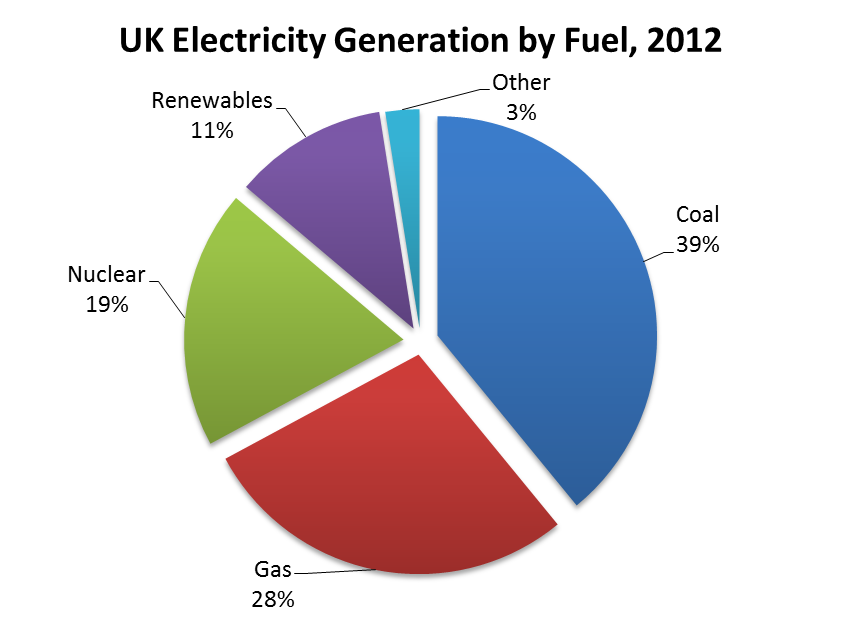Are you planning a trip across the Atlantic, perhaps to the historic lands of England, Scotland, Wales, or Northern Ireland? Then, you'll need to understand the intricacies of their electrical systems to keep your devices powered and your trip hassle-free.
The world, as it were, operates on a spectrum of electrical standards. The mains supply in most countries falls within the 220-240 volt range, oscillating at either 50 or 60 Hertz. When travelling, it's crucial to be informed, so you can avoid the pitfalls of incompatible voltages and plug types.
Let's delve into the specifics, shall we? The United Kingdom, like much of Europe, utilizes a voltage of 230 volts and a frequency of 50 Hz. This seemingly small detail can make a world of difference when you're trying to charge your phone or use your hair dryer.
- An Unforgettable Cast The Goonies That Stole Our Hearts
- Frank Fritz Antiques Expert American Pickers Star
Before you embark on your journey, it's wise to gather some essential information. Here is a summary of the key differences between the electrical standards of the United States and the United Kingdom.
| Feature | United States | United Kingdom |
|---|---|---|
| Standard Voltage | 120 Volts | 230 Volts |
| Frequency | 60 Hz | 50 Hz |
| Plug Type | Types A and B | Type G (BS 1363) |
| Common Devices | Irons, electric razors, hair dryers, curling irons (may require a voltage converter) | Appliances rated for 220-240V can be used without a converter; those rated for lower voltages will need a converter. |
For a deeper understanding of the power infrastructure in the UK, you can refer to the National Grid website.
National Grid
- Tori Spellings Unforgettable Wedding A Journey Down The Aisle
- Kim Young Daes Love Life A Guide To His Relationships
As a traveller from the United States, it's highly probable that many of your electronic devices operate on 120 volts. The UK's 230-volt standard presents a potential issue, one that demands careful consideration. Should your devices be rated below 220 volts, a voltage converter will become your indispensable travel companion. Without it, you run the risk of damaging your electronics or, at best, experiencing sub-optimal performance.
The type of plug is another essential factor. The United Kingdom employs the Type G plug, also known as BS 1363. This three-pronged plug is easily recognizable, but it is a significant departure from the Type A and B plugs commonly found in the US. For this, a power plug adapter will be required to ensure that your devices can connect to the UK's power outlets. These adapters are readily available and can be easily purchased online or at travel supply stores.
A frequently asked question by travellers relates to the types of devices they can bring from the US. The UK's different electrical standardsvoltage, frequency, and plug typedictate careful planning. You see, Englands electrical standards are different than those in the United States, and you will not be able to simply plug your battery charger into the wall.
The electricity network in the UK is a complex structure. The National Grid operates the high-voltage electricity network throughout Great Britain. In England and Wales, the National Grid is the sole company licensed to transmit electricity, while in Scotland, transmission licenses are held by Scottish Power Transmission Limited and Scottish and Southern Energy. Wind power, as of 2017, accounted for a significant portion of the UK's electricity generation, contributing 15% of the total and 18.5% in the final quarter of that year. This is a testament to the country's commitment to renewable energy sources.
Keep in mind that it can be extremely dangerous to use an electrical appliance that is rated at a voltage different from the supply. This is why using a voltage converter or transformer is a must when travelling to the UK.
If you are traveling from a country with a similar electrical standard to the UK (230 volts, 50 Hz), you might not need a voltage converter, but you will still need a power plug adapter for the Type G sockets. Always verify the voltage compatibility of your devices before plugging them in. Most modern gadgets are dual voltage, allowing them to work on both American and European currents.
The UK's electrical system is similar to the rest of Europe in several ways. The voltage used in the UK is 230V and the frequency is 50Hz. The voltage used throughout Europe (including the UK) has been harmonised since January 2003 at a nominal 230v 50 Hz, though the change is not a real one in supply. Instead, the new "harmonized voltage limits" in most of Europe (the former 220v nominal countries) are now: 230 V +10% / -6%. So, the UK has a unique plug type, and that's something a traveller must consider.
The UK's electrical infrastructure consists of 7,000km of overhead line, 300 substations and 22,000 pylons, which comprise the physical infrastructure of the electricity system.
So, pack your bags, plan your adapters and converters, and get ready to experience the wonders of the United Kingdom.



Detail Author:
- Name : Prof. Wilburn Hackett
- Username : olson.henderson
- Email : summer.vonrueden@boehm.biz
- Birthdate : 1990-11-19
- Address : 75276 Goyette Dam Apt. 879 Giovannaview, WY 92828
- Phone : +12246061900
- Company : Schoen Ltd
- Job : Precious Stone Worker
- Bio : Architecto omnis rerum possimus sequi. Unde et distinctio qui quam quae et quia.
Socials
linkedin:
- url : https://linkedin.com/in/mgleichner
- username : mgleichner
- bio : Iste quisquam labore explicabo consequatur.
- followers : 1134
- following : 357
facebook:
- url : https://facebook.com/marcelo_real
- username : marcelo_real
- bio : Autem alias reiciendis reprehenderit possimus sit quidem necessitatibus minus.
- followers : 2506
- following : 2897
instagram:
- url : https://instagram.com/gleichnerm
- username : gleichnerm
- bio : Quo perferendis et nihil similique. Neque enim sapiente neque sequi. Non est saepe voluptas ad quo.
- followers : 6658
- following : 1879
twitter:
- url : https://twitter.com/marcelo37
- username : marcelo37
- bio : Sunt vel ipsam iusto id. Hic sunt assumenda cupiditate molestias eius. Aliquam corrupti voluptates id et cum nisi.
- followers : 2425
- following : 1995
tiktok:
- url : https://tiktok.com/@marcelo_gleichner
- username : marcelo_gleichner
- bio : Quam est enim facilis dicta placeat iusto non.
- followers : 3306
- following : 2565